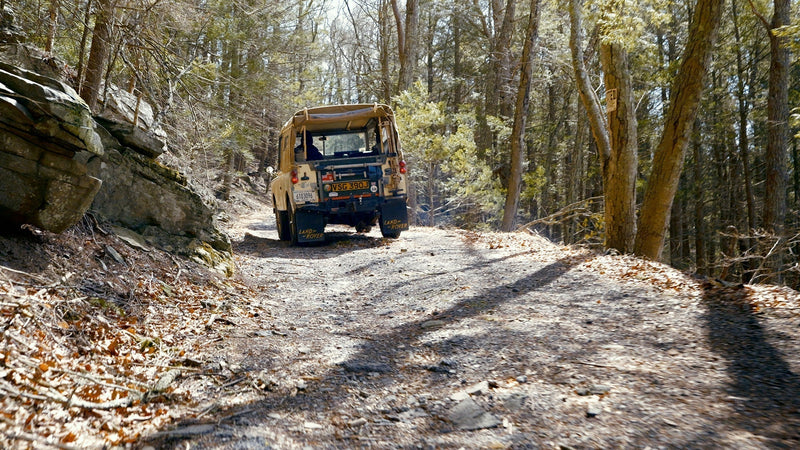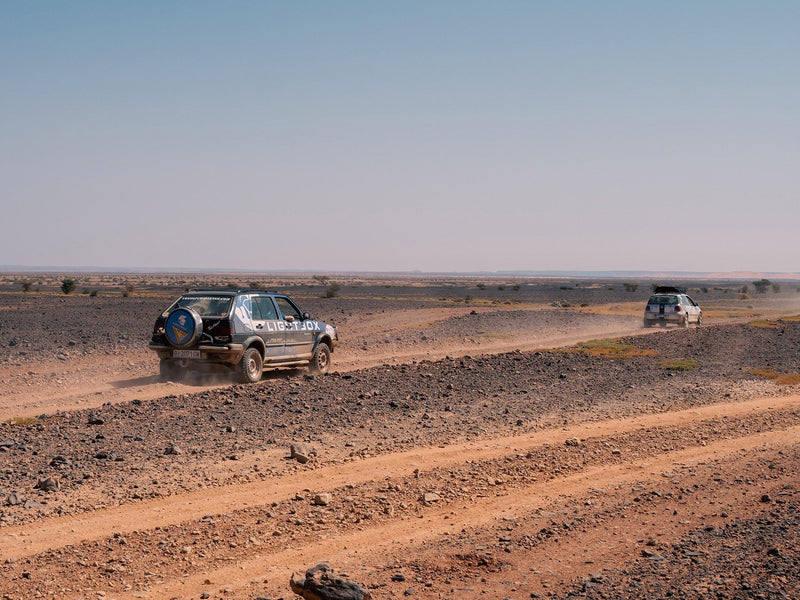It’s easy to get excited about historic Formula racing, particularly the cars that enter the superb Masters Historic Formula One Championship; the nostalgia felt when viewing the machines and liveries from a bygone era is equalled only by the adrenaline rush created by the speed and noise of these single-seaters doing their thing in 2018. The same is true for the F5000 machines campaigned in the excellent Derek Bell Trophy organized by the Historic Sports Car Championship. If I could take up an issue with these series though, and I do not do so lightly, it is that they are not always the most competitive nor most subscribed. Of course, sentiment and sight alone is often enough to mean that this is not a real “problem”—after all, it is always a privilege to see these cars and long may it continue to be one we’re able to experience—but what if you could have your cake and eat it too?






The FIA Historic Formula Three European Cup, a new FIA-sanctioned event that celebrates the cars that were campaigned in the F3 championship between 1971 and 1984, might be the mix you’re looking for. The debut of the series occurred at the Zandvoort Historic Grand Prix earlier this month, and while it isn’t as sexy as the F1 stuff, it’s a mistake to write it off.
F3 racing has been at the vanguard of junior single-seater series since the 1950s and has provided the stepping stone into the big leagues ever since, as well as a path to other top sports and saloon car racing for more drivers than could possibly be listed here. The 1970s and early ’80s were somewhat of a heyday for this class of racing, as engines increased in displacement from 1000cc to 1600cc and then up to the 2000cc capacity that is still being used as the upper limit in the class today. Aerodynamics also became commonplace at this time, and the grid formed at Zandvoort represented a plethora of constructors, such as Alpine, Ralt, Ensign, and Lola.







Zandvoort itself has a indulged in a long love affair with Formula Three, with international races held between the dunes since 1949. In more recent times, winners at the wheel of these pocket-sized racers around this famous old circuit have included Lewis Hamilton, Jos and Max Verstappen, and David Coulthard. The grid this weekend though harks back to an era when drivers like Jan Lammers and Michael Bleekemolen were vying for top honors around the circuit. This month’s inaugural FIA-sanctioned race saw 29 cars turn out to make up a grid of fabulous variety and color, and the prospect of close racing beckoned, as well as the chance to see one or two historically important machines out on track.





Among the entrants was an ex-Ayrton Senna Ralt RT3/82, the Toyota-powered car that was campaigned by the legendary Brazilian during the 1982 season and similar to the RT3/83 that he fought tooth and nail with against Martin Brundle in the 1983 British F3 championship. That year, the last before both drivers were promoted to Formula One, saw the title go down to the last round, and whilst sadly this is now confined to memory, it was with some emotion that spectators this past weekend were treated to the familiar green and yellow flashes of Senna’s old car. Indeed Brundle’s ’83 car was entered as well, and spectators also witnessed another Ralt that was campaigned in period by Gerhard Berger.





Whilst the heritage and history of the larger and more prestigious Grand Prix cars racing during the weekend was more obvious, this busy grid of smaller-capacity machines provided some of the best racing of the weekend through my lens. As with all historic series, the skill of the drivers varies over a great range from Pro to decidedly Am, but with such a sizable number of machines entered, battles for position occurred throughout the field, frequently with tremendous spirit and a ferocity that tricked the mind into believing it was the late ’70s once again, and it was no surprise when the results from each of the heats were completely different, such was the competitive nature of the class.

Around a narrow and tricky circuit like Zandvoort these cars are marvelous fun to watch, overtaking is rife and frantic, and drivers are pushing their machines to, and sometimes past the limits. The smaller engines can be used to their maximum effect, and unlike at larger circuits, here set against the backdrop of the dunes the cars do not get lost in, or seem diminutive against their environment. It was a pleasure and a privilege to witness the maiden running of the Historic Formula Three European Cup, and I hope it germinates into more FIA-sanctioned special races, Historic Formula Three at Macau, anyone?























































